According to the documentation for Swashbuckle, only a few XML comments are supported in the latest version. It seems like XML comments such as <example> or <see> are not currently supported but will be implemented in Swashbuckle v6.
Until then, is there a workaround I can do to mimick the behavior of <example> or <see>?
I'd like to somehow add a link (using <see> with cref) in the <summary> of an enum, which is listed under the model of an endpoint, to point to the enum's corresponding endpoint (a different endpoint in Swagger that gets the list of types of that enum).
Edit (not sure how to format in comment):
I'd like Swagger to detect <see> and display a link in the enum's description to a different endpoint
/// <summary>
/// Generic description.
/// Find enum types <see cref="ContactEntityType">here</see>
/// </summary>
[PropertyRequired, PropertyStringAsEnum(typeof(ContactEntityType))]
[DataMember(Name = "entityType")]
public NamedReference EntityType { get; set; }


